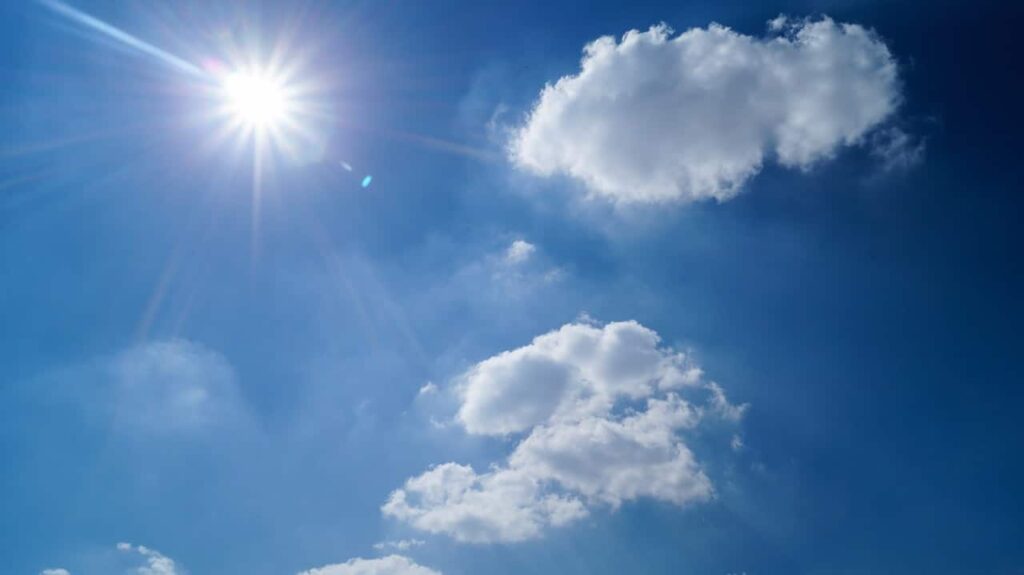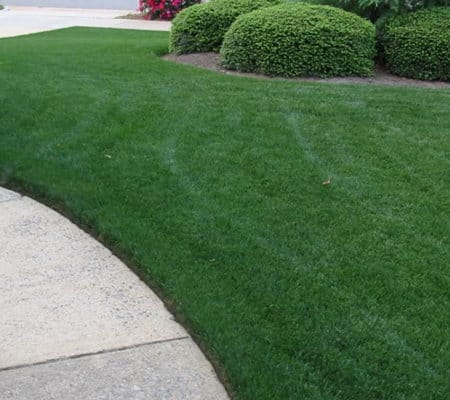
Is It Really Spring?
Turfgrass researchers have found that until the daytime high and nighttime low temperatures
add up to 150 degrees, Bermudagrass/St. Augustine/Zoysia cannot begin active regrowth. This
active growth includes roots, rhizomes, and stolons, and this will not happen until adequate
temperatures are experienced.
This regrowth response in the spring has historically been a frustrating point in the South and
transition zone because when the bermudagrass greens up, they expect the density and quality
to respond equally. These expectations are heightened by the intermittent warm spring days.
However, it is critical to help customers understand that night temperatures are the most
influential on Bermudagrass/St Augustine/Zoysia regrowth. The 150 degree rule must be
sustained for several days before the response actually begins to occur. For example, even if
daytime temperatures reach 80 °F, the nighttime temperatures must be at 70 °F for active
bermudagrass growth.
Although bermudagrass, some St Augustine and Zoysia have greened up, until temperatures
rise and conditions stay warm it will not begin the lateral growth necessary. Customers must
realize that nothing can be done until temperatures warm enough for active growth. Water and
fertilization is important however not as important as Temperatures.

